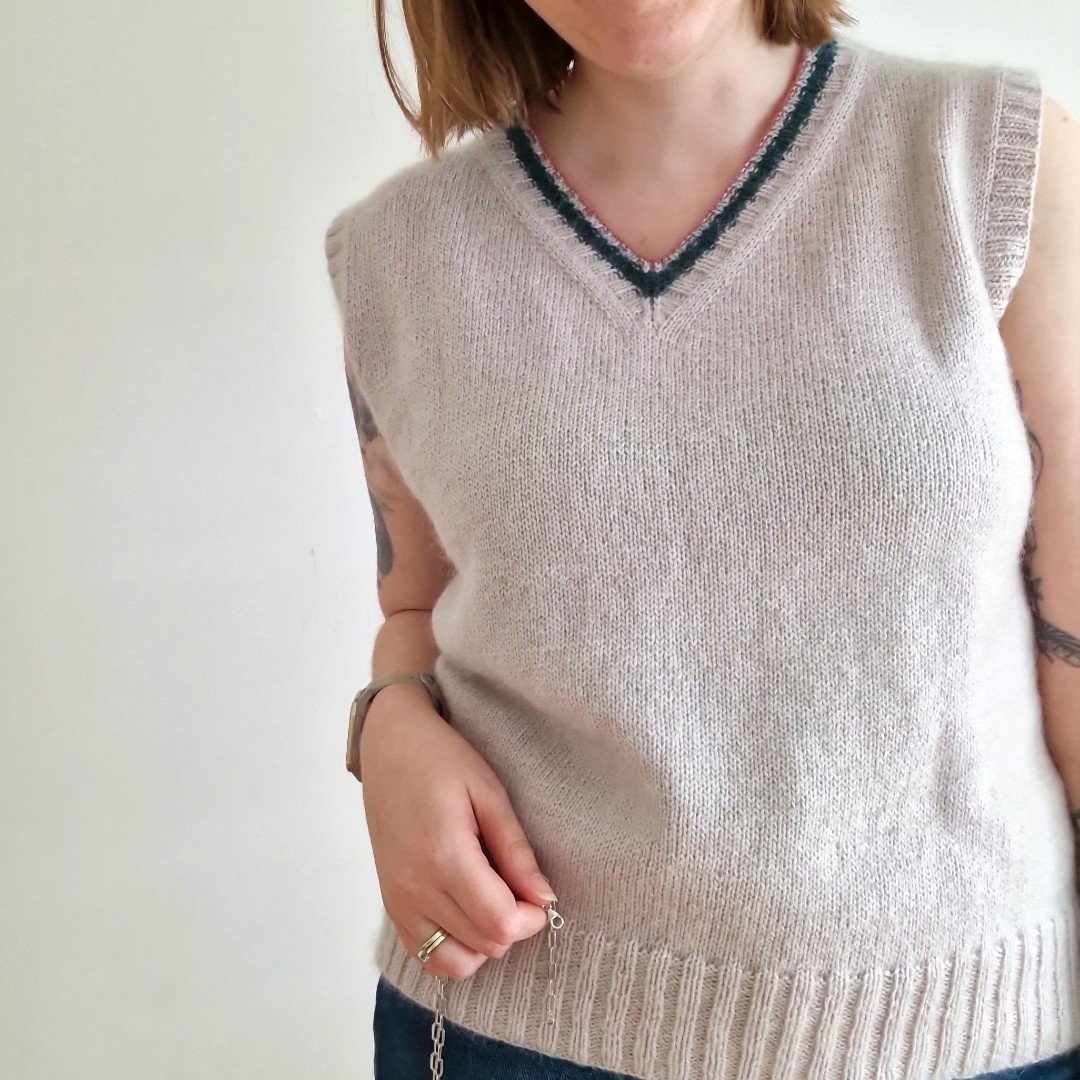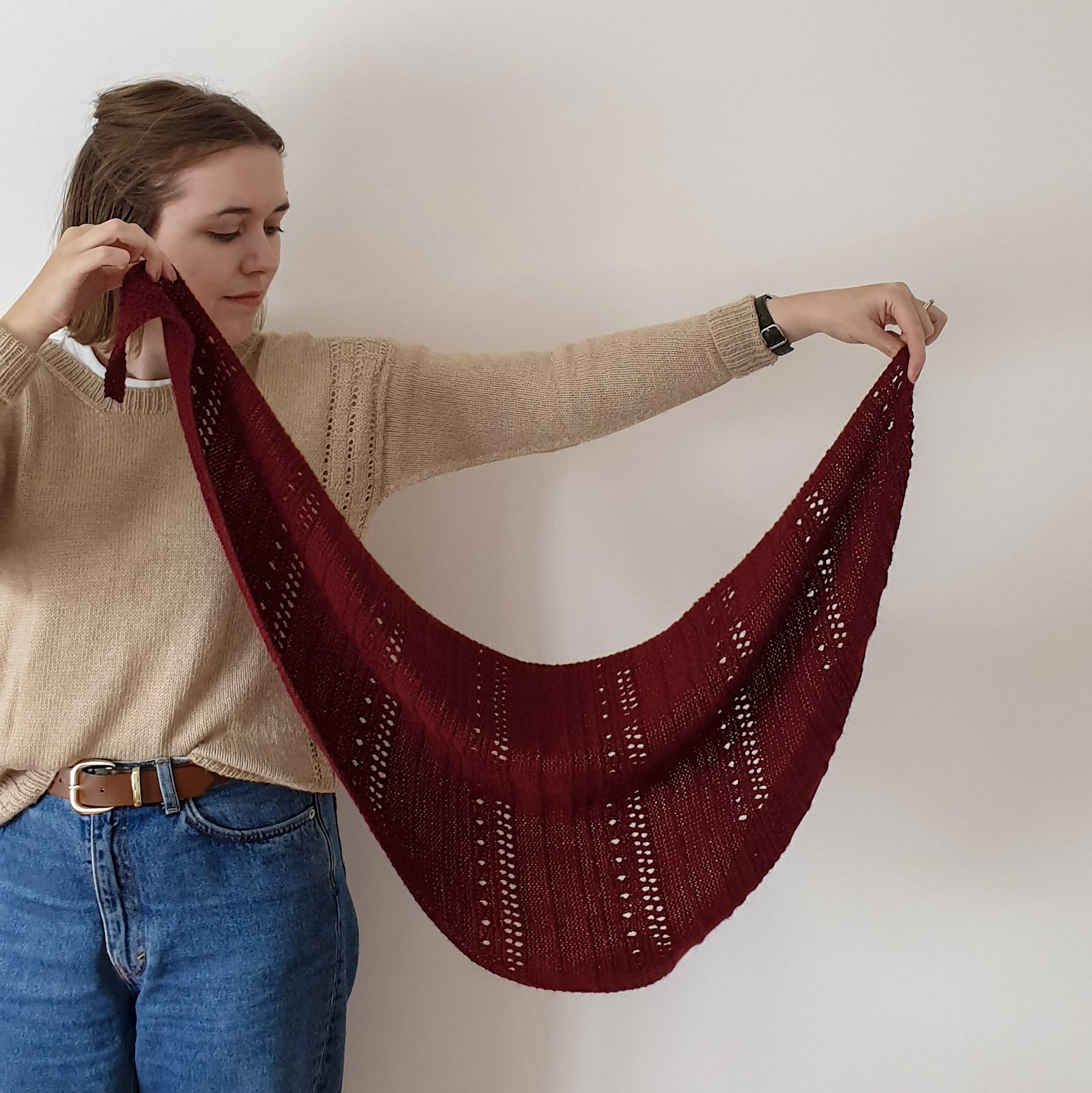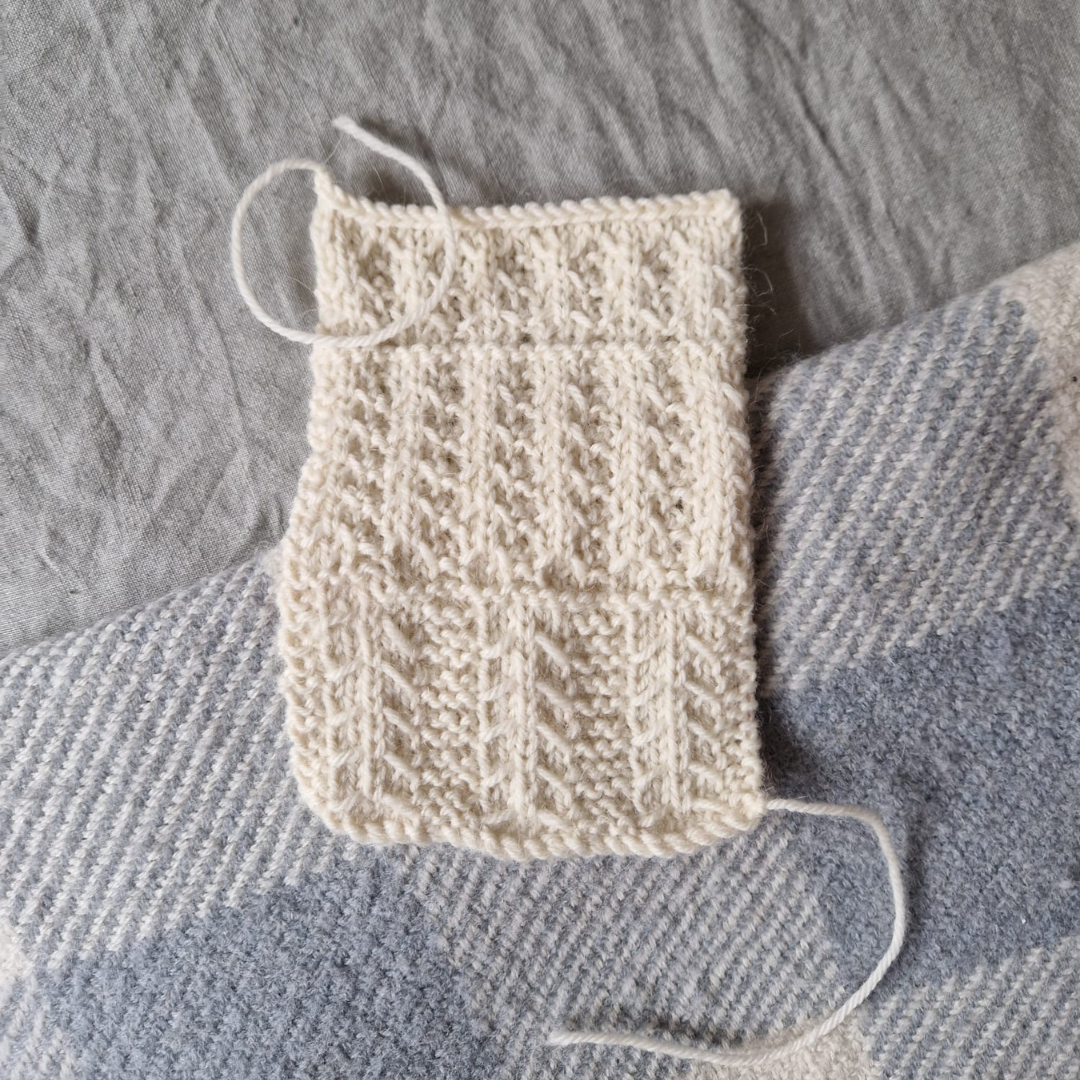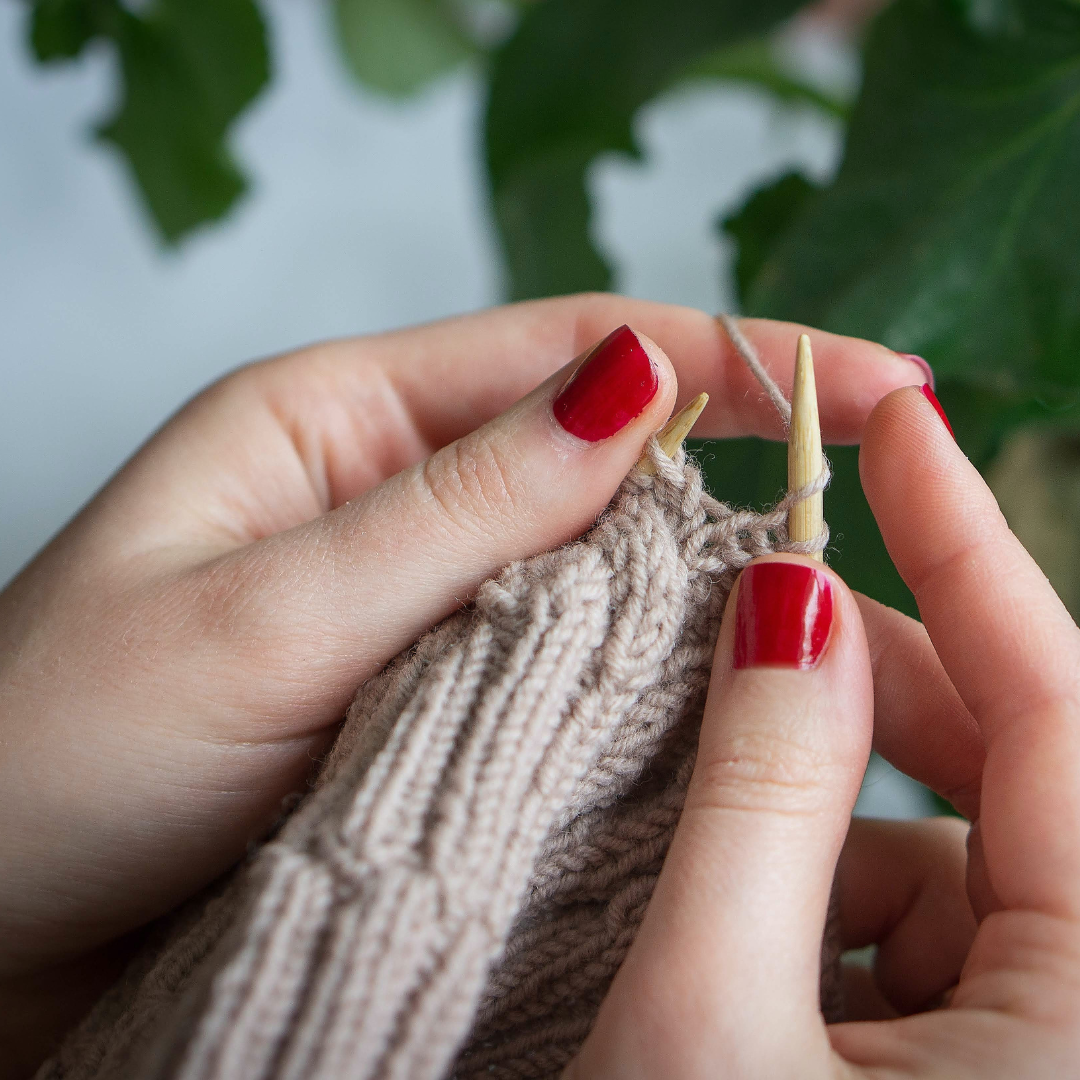The Complete Guide to Naming Knitting Patterns for Today's Digital Makers
You've poured countless hours into designing your new knitting pattern, and now, it's time to share your masterpiece with the world. But what do you name it?
In the vast ocean of the internet, how do you ensure your knitting pattern isn't just another drop lost among thousands of others?
Image description: A lavender-coloured sweater is held on a white hanger "The Complete Guide to Naming Knitting Patterns for Today's Digital Makers" on top.
How to Name a Knitting Pattern
In today's digital age, naming a knitting pattern goes beyond just a simple title - it's about ensuring your pattern stands out, is discoverable, and resonates with an online audience.
Telling A Story
Makers don't just knit because they want the final product; they knit for the experience, the journey, and the story each stitch tells.
The names you choose for your patterns can be an integral part of that narrative. Names that evoke emotions, imagery, or stories create a deeper connection between you, the pattern, and the maker.
Consider the difference between naming a pattern "Blue Lace Shawl" and "Midnight Rain Shawl". While the former is straightforward and literal, the latter conjures up images of a quiet cityscape at night under a gentle rain. It’s poetic, memorable, and evocative.
Reflect on the essence of your new pattern. Is it cosy, reminiscent of curling up by the fire on a snowy day? Or is it breezy and light, making you think of a crisp spring morning? Let these feelings guide your naming process.
Image description: Woman wearing a white roll-neck sweater is sitting on an orange sofa in a cafe knitting a swatch. Text reads: The Complete Guide to Naming Knitting Patterns for Today's Digital Makers
Avoiding Name Clashes
With the vast amount of knitting patterns available online, it's increasingly common for designers to accidentally choose pattern names already in use. This can lead to confusion among makers, making your design harder to find.
Imagine two patterns, both titled "Winter Hug Scarf". A knitter searching for one might accidentally find the other, leading to potential confusion or frustration.
Before settling on a name for your pattern, spend some time on popular knitting pattern marketplaces, such as Ravelry, Etsy and LoveCrafts. Do thorough searches to ensure your potential name doesn’t overlap with existing ones in the same pattern category.
Checking Hashtag Availability
The success of a knitting pattern name is also impacted by social media. Platforms like Instagram, Twitter, and Pinterest are popular with makers, so having a unique and memorable hashtag for your pattern can be very useful.
For instance, instead of only using a generic hashtag like #LaceShawl when posting about your pattern, you could also use a dedicated hashtag such as #LunarLaceShawl.
This gives makers on the platform a dedicated space to share, discuss, and showcase their projects knitted using your pattern.
Once you have a potential pattern name, turn it into a hashtag. Ensure it's memorable, not already in heavy use and doesn’t feature any inappropriate content. Then, consistently use it whenever you post about your pattern on social media.
You can also include the hashtag in the notes for your knitting pattern so makers know to use it when sharing their projects online.
Conclusion: Naming Knitting Patterns in the Digital Age
The right name can help your knitting pattern get noticed, so why rush this last step after investing so much time in it?
By choosing a name that tells a story, is unique, and can be turned into a memorable hashtag, you can help your knitting pattern get the recognition it deserves in online knitting communities.
Do you have any themes you stick to when naming your knitting patterns? I’m a fan of two-syllable pattern names for some reason. What about you? Share your favourite naming tips in the comments section below!






















